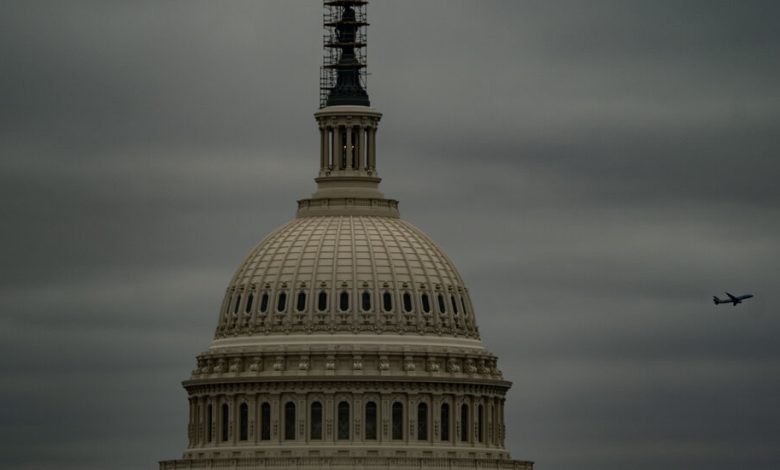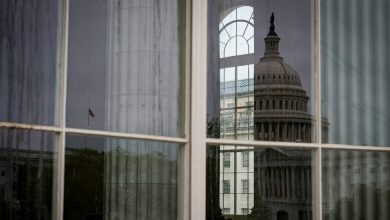How Did the Government Get to a Shutdown, and What Will It Take to Reopen?

The federal government is careening toward a shutdown at midnight on Saturday. That’s because Congress has not yet passed any of the 12 yearlong spending bills that fund the federal government, and it remains jammed on a temporary stopgap measure to keep funding flowing while lawmakers pass those annual spending bills.
Here’s what you need to know about how we got here:
Why is the federal government all but certain to shut down?
Under the Constitution, Congress has the power of the purse, and it exercises that power by passing legislation each year to fund the government. There are 12 so-called appropriations bills, which run from Oct. 1, the beginning of the fiscal year, until midnight the following Sept. 30.
This year, Congress has failed to enact any of those measures, which must be approved by both the House and Senate and signed by the president. Without a stopgap measure to temporarily fund the federal agencies while the two chambers debate, pass legislation, resolve any differences between the bills and send the measures to President Biden, the government will shut down.
What is the big disagreement over spending?
During negotiations in the spring to avert a federal debt default, Speaker Kevin McCarthy and President Biden agreed to cap federal spending for the next two years. They also included an enforcement mechanism to ensure their deal would hold, instituting a requirement that Congress pass each individual spending bill on its own, rather than combining them into the kind of massive catchall package lawmakers have resorted to in recent years.
The agreement was passed on a bipartisan basis; but with the hard right opposed, Mr. McCarthy had to rely on Democratic votes to push it through the House.
Right-wing lawmakers were livid about the deal, which they argued allowed far too much spending, and want to renege on the funding levels agreed to in it. They want even deeper cuts that the Senate and White House will almost certainly reject.
What is Congress doing to avert a shutdown?
The Senate is moving toward a vote as early as this weekend on a bipartisan spending patch, known as a “continuing resolution,” or “C.R.,” that would keep the government open through Nov. 17 while providing $6 billion for aid to Ukraine and $6 billion for natural disaster relief in the United States.
But Mr. McCarthy does not have the votes to pass that bill because a group of hard-right Republicans has balked at continuing spending at current levels — even temporarily — and others are opposed to passing any stopgap bill at all.
Mr. McCarthy could most likely pass the Senate plan with a coalition of Republicans and Democrats. But some right-wing Republicans have vowed to try removing him from his post if he does so.
Instead, House Republicans worked this week on passing four individual yearlong spending bills that slash government funding while also being chock-full of extreme policy riders. Those bills, three of which passed on Thursday night, are dead on arrival in the Senate and will not become law nor avert a shutdown.
On Friday, Mr. McCarthy tried and failed to pass his own stopgap bill, a 30-day patch that would slash spending and impose stringent immigration restrictions. The hard right joined Democrats to defeat it.
What would it take to reopen the government?
If the government shuts down, Congress would need to pass a spending patch to temporarily reopen while it works on the annual spending bills to fund federal agencies through the next fiscal year. Both would have to be bipartisan deals, since the Senate and White House are controlled by Democrats, and the House by Republicans.
Mr. McCarthy has some tough math at this point to accomplish that within his tight House majority. Or, he can try to pass a bill with Democrats, and risk his speakership.




